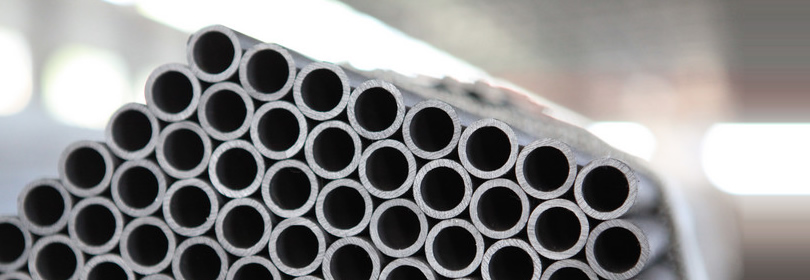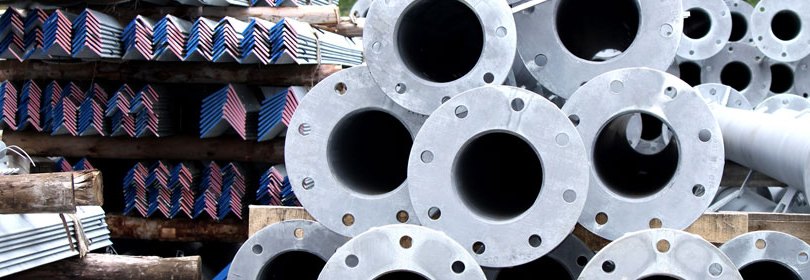





Biography: Dr. Kung-Chung Hsu received Ph.D. in Department of Chemical Engineering at The Penn State University, in 1985. He worked as a senior scientist in the R & D Department of China Steel Corp. in 1985-1990. He was an Associated Professor in 1990-1996, and has been a professor in the Department of Chemistry of National Taiwan Normal University, Taipei, Taiwan, since 1996. Dr. Hsu has research interests in (1) preparation and application of dispersing agents in ceramic materials, (2) preparation and development of superplasticizer and self-curing agents in concrete, and (3) preparation and application of nano powder and graphene/polymer composites. So far he has published more than 40 SCI papers and obtained over 20 patents.
Topic: An Amphoteric Copolymer as a Novel Dispersants for Aqueous Barium Titanate Suspensions
Abstract: BaTiO3 (BT) is a widely used material in making electronic devices. In producing BT compacts with a uniform microstructure and good properties, the preparation of well-dispersed BT slurries is prerequisite. Usually, good dispersants are incorporated in the ceramic mixes to fulfill this purpose. In this paper, an amphoteric copolymer was prepared and tested as novel dispersants for aqueous BT slurries. The results indicated that this polymer could make the suspensions to be less viscous, and BT particles to be less agglomerated. Compared with a commercial dispersant, ammonium polymethacrylate (PMAAN), the prepared polymer is as effective in the dispersion performance. More importantly, it could lessen the leached Ba2+ concentration. As a result, BT compacts with the prepared polymer showed higher density, greater dielectric constant and lower dielectric loss than those with PMAAN.

Biography: Dr. Guo finished his PhD thesis in polymer chemistry and physics at the Institute of Chemistry, Chinese Academy of Sciences (ICCAS) (2003). From 2003 to 2005, he joined ICCAS as assistant research professor and was promoted to associate research professor in 2006. Dr. Guo had a one-year research experience at the University of Greifswald, Germany as a visiting professor with a DAAD-K. C. Wong Fellowship (2007-2008). He rejoined ICCAS in 2008 before joining UCAS as associate professor (2010-). Dr. Guo is member of American Chemical Society and Chinese Chemical Society. Dr. Guo is member of the editorial board of International Scholarly Research Notices (2011-) and Soft Nanoscience Letters (2011-). Dr. Guo is external reviewer of Natural Sciences and Engineering Research Council of Canada (2013), professional referee of National Natural Science Foundation of China (2003-), China International Science and Technology Cooperation, Ministry of Science and Technology of the People’s Republic of China (2009-), and the Scientific Research Foundation for the Returned Overseas Chinese Scholars, Ministry of Education of the People’s Republic of China (2012-). Moreover, he has been article reviewer of 30 SCI journals including Macromolecules, Polymer, etc..
Topic: High-performance Polyethylene via Ethylene Polymerization Catalyzed with Metal Complexes and the Introduction of Mesoporous Molecular Sieves
Abstract: Polyethylene (PE) of varying structures play important roles in modern society. Metal complexes as pre-catalysts for ethylene polymerization and the introduction of inorganic confinement into ethylene polymerization are two predominant tools in fabricating high-performance PEs. Firstly, there have been various models of nickel procatalysts for polymerization of olefin and cyclic olefins. In our research nickel procatalysts in ethylene reactivity, ethylene polymerization have been achieved by bidentate nickel complexes with NN ligands and OP ligands. The unique property of polyethylenes produced by nickel procatalysts shows a branching feature and high molecular weights.
Secondly, mesoporous molecular sieves (MMS) act as both the catalyst support and nanoreactor for ethylene polymerization. MMS, typically MCM-41 and SBA-15, offers suitable pore sizes for ethylene polymerizations to proceed in an extrusion mode in which the formation of polymeric nano-fibers composed of extended polymer chains from the nanres of MMS is completed in one step. Moreover, the polyethylenes (PE) and ethylene copolymers (ECP) are in situ compounded with MMS particles to form polymer nanocomposites when the MMS framework collapses due to polymeric chain growth and/or enormous polymerization exotherms. Such a facile methodology integrates numerous merits into one and endows the resultant ethylene (co)polymers with significant advantages, such as increased molecular weights and molecular weight distribution, elevated strength and modulus, and improved processability, and so on.

Biography: Dr. Peng-Sheng Wei received Ph.D. in Mechanical Engineering Department at University of California, Davis, in 1984. He has been a professor in the Department of Mechanical and Electro-Mechanical Engineering of National Sun Yat-Sen University, Kaohsiung, Taiwan, since 1989. Dr. Wei has contributed to advancing the understanding of and to the applications of electron and laser beam, plasma, and resistance welding through theoretical analyses coupled with verification experiments. Investigations also include studies of their thermal and fluid flow processes, and formations of the defects such as humping, rippling, spiking and porosity. Dr. Wei has published more than 80 journal papers. He is a Fellow of AWS (2007), and a Fellow of ASME (2000). He also received the Outstanding Research Achievement Awards from both the National Science Council (2004), and NSYSU (1991, 2001, 2004), the Outstanding Scholar Research Project Winner Award from National Science Council (2008), the Adams Memorial Membership Award from AWS (2008), the Warren F. Savage Memorial Award from AWS (2012), and the William Irrgang Memorial Award from AWS (2014). He has been the Xi-Wan Chair Professor of NSYSU since 2009, and Invited Distinguished Professor in the Beijing University of Technology, China, during 2015-2017.
Topic: Surface Defects after Solidification
Abstract: This lecture proposes a fluid flow and heat transfer model to predict surface defects of (1) surface rippling and humping, and (2) undercutting on a workpiece subject to an incident energy flux and surrounding with high temperature. The defects of rippling, humping, and undercutting reduce the properties and strength of the joint and products. Utilizing COMSOL commercial code, we can analyze and confirm mechanisms of these defects. Controlling of these defects becomes achievable.
截稿日期:2016年6月10日
(延期至2016年10月7日)
会议日期:2016年10月23-24日
录用通知:投稿后20-40天
论文出版:收到最终稿后20-50天